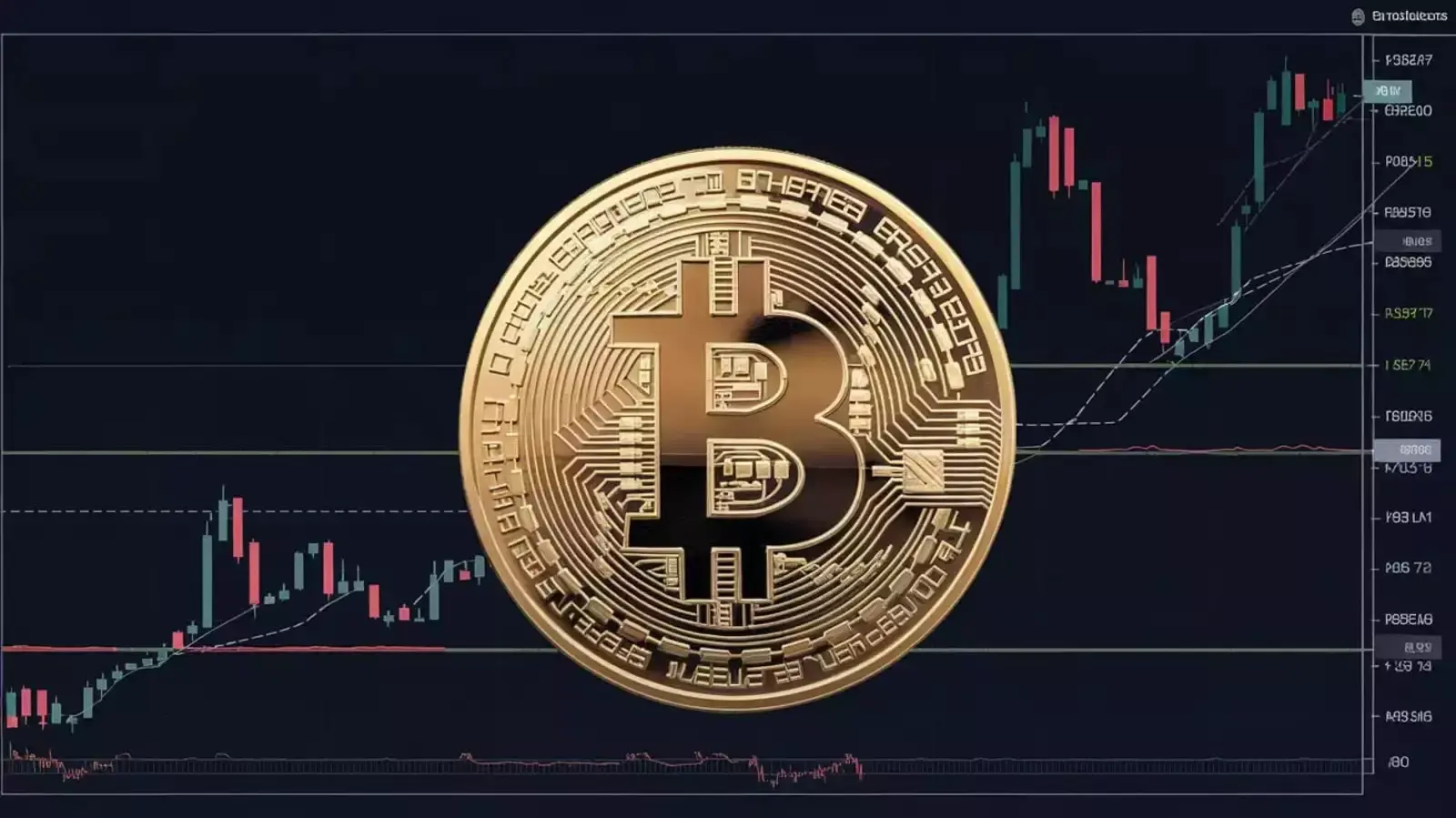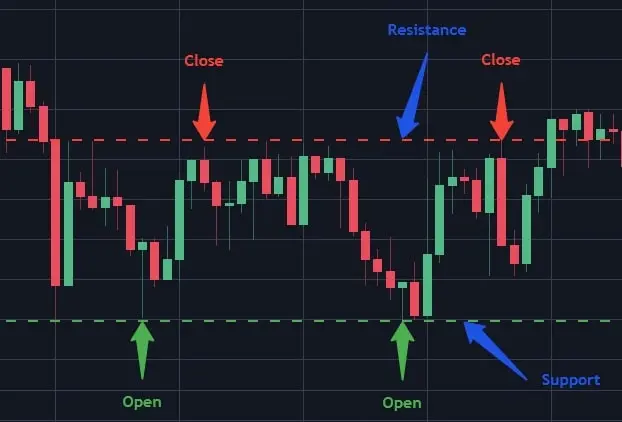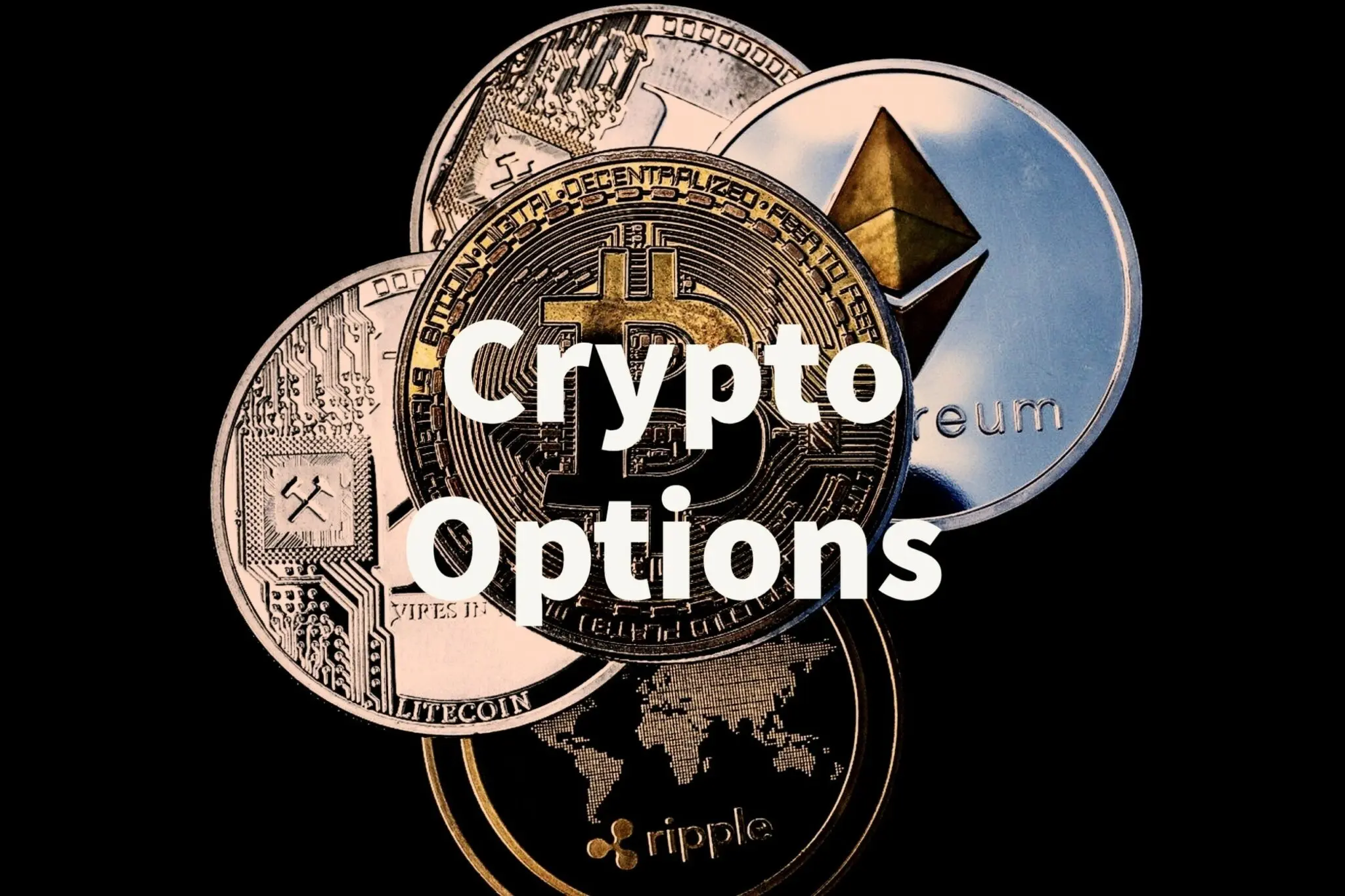Cryptocurrency trading has evolved significantly, and by 2025, futures and options have become essential components of this dynamic ecosystem. As you explore crypto F&O trading, you will find that it allows traders to leverage their investments, offering the flexibility to take positions in both rising and falling markets. Trading in crypto futures and options provides opportunities for hedging against volatility and enhancing your market strategies.
Futures and options are types of derivatives that derive their value from underlying cryptocurrencies. These financial instruments empower you to speculate or manage risk without directly holding the asset. The growing popularity of crypto F&O trading stems from its ability to offer access to large positions with relatively smaller amounts of capital, giving traders an edge in a market that operates 24/7.
Understanding the mechanisms and implications of these tools will enhance your trading strategies and risk management capabilities. By engaging with crypto derivatives, you can navigate the complexities of the market with more precision, potentially increasing your profitability. This exploration of crypto F&O trading in 2025 promises to be a rewarding journey as you seek to optimize your investment approaches in the ever-evolving world of digital currencies.
Fundamentals of Crypto F&O Trading

Crypto futures and options (F&O) are essential derivatives in financial markets today. They allow traders to speculate on and manage exposure to cryptocurrency price movements. These instruments leverage a variety of key terms and types, each crucial to understanding their functionality and potential risks.
Understanding Futures and Options
Futures are contracts obligating the buyer to purchase, or the seller to sell, an underlying asset at a predetermined price and date. In the world of cryptocurrency, crypto futures are often used to speculate or hedge against price volatility.
Options, on the other hand, provide the right, but not the obligation, to buy or sell an asset at a specified strike price before the expiration date. Crypto options are used to balance risk, as they involve a premium that reduces the direct exposure to price swings.
Both instruments are integral to sophisticated trading strategies, offering flexibility and opportunities to maximize returns.
Key Terminologies in Crypto F&O
To navigate crypto F&O trading effectively, understanding specific terms is crucial. The underlying asset refers to the cryptocurrency being traded. The expiration date marks when the contract must be settled.
The strike price is the price at which an option can be exercised. Premium denotes the cost of purchasing the option, and contract size specifies the amount of the underlying asset covered by each contract. Familiarizing yourself with these concepts provides clarity in both contract evaluation and strategic decision-making.
Types of Crypto Derivatives
Crypto derivatives encompass a range of financial instruments, primarily futures and options, as discussed. Futures include perpetual contracts, which differ by not having an expiration date but maintaining their value through funding mechanisms.
Options can be categorized into call and put options. A call option grants the right to buy the asset, while a put option provides the right to sell. Each subtype caters to different market outlooks and investment objectives.
Exploring these derivatives equips you with the versatility needed to capitalize on diverse market conditions efficiently.
Trading Strategies and Risk Management

In the realm of crypto futures and options (F&O) trading, it’s crucial to employ effective trading strategies and implement sound risk management practices. This includes methods such as hedging and speculation, diverse risk management techniques, and understanding the intricacies of leverage and margin trading.
Hedging and Speculation
Hedging and speculation are foundational strategies in crypto F&O trading. Hedging involves minimizing potential losses from adverse price movements in your current positions. You use derivatives to offset risk, ensuring price stability over a specific period. In contrast, speculation focuses on guessing future price movements for profit.
By speculating, you aim to capitalize on market volatility. This involves careful market analysis and timing. Both hedging and speculation require analytical skills and market awareness to optimize potential returns while safeguarding assets.
Risk Management Techniques
Risk management is essential for protecting investments in the volatile crypto market. Techniques such as setting position limits and using stop-loss orders are invaluable in reducing potential losses. Position limits ensure you don’t expose too much of your capital to one trade. Stop-loss orders automatically close a position at a predetermined price to limit losses.
Diversifying your portfolio and regularly monitoring market indicators can further enhance safety. Regular evaluation of your risk management strategies ensures they align with market conditions, helping you navigate challenges effectively.
Leverage and Margin Trading
Leverage lets you amplify potential returns by borrowing capital, but it also magnifies risk. When engaging in margin trading, you should be aware of margin requirements and the possibility of margin calls, which occur when account equity falls below the broker’s requirements.
Leverage magnifies both profits and losses, so understanding how to manage it is crucial. Ensure you adjust your trades according to market volatility and have a robust plan in place to meet potential margin calls. This careful balancing act helps maximize opportunities while maintaining risk exposure within acceptable levels.
Market Analysis and Volatility
In 2025, crypto futures and options trading necessitates an acute awareness of market analysis and volatility. Market movements shape trading decisions, influence strategies, and determine potential profits or losses.
Understanding Market Movements
Monitoring price movements is key in understanding trends in crypto futures and options trading. You need to closely observe patterns using tools like technical analysis and implied volatility metrics.
Engaging in market analysis involves assessing trading volume, which provides insight into market interest and potential price shifts. High volumes often hint at significant market activity, possibly leading to high volatility events.
Analyzing fundamental factors such as regulatory changes and economic conditions also plays a critical role. Keep an eye on these elements to adjust strategies effectively amid shifting market dynamics.
Volatility and its Impacts
Crypto markets are known for their volatility, which presents both opportunities and risks. Understanding market volatility helps you anticipate potential price fluctuations and adapt your strategies in trading futures and options.
Volatility can significantly impact implied volatility levels, affecting the pricing of options. High volatility periods may require adjusting your risk management tactics to protect or maximize your investments.
Tracking volatility indicators and utilizing risk assessment tools are essential in navigating these markets. By being aware of how volatility influences pricing and trading conditions, you can make informed decisions to capitalize on the inherent risks or rewards.
Mechanics of Crypto Futures
Crypto futures provide a versatile way to engage with the world of cryptocurrencies, enabling you to take positions based on price predictions without necessarily owning the digital asset itself. As you explore this field, understanding different contract types and their settlement methods will be essential.
Futures Contracts Explained
Futures contracts are agreements to buy or sell a specific quantity of cryptocurrency at a predetermined price on a future date. These contracts allow you to speculate on price movements or hedge against them. Types of futures include standard contracts with expiration dates and perpetual futures, which lack a set expiry. Perpetual futures utilize funding rates to balance long and short positions, as they never settle like traditional futures. This offers a flexible trading approach, but the lack of expiration also means you must manage positions actively to avoid forced liquidation.
Expiration and Settlement
Traditional futures contracts settle on an expiration date, where you must either deliver or receive the cryptocurrency (physical delivery), or settle in cash. Cash settlement involves paying or receiving the difference in price between the contract’s original price and its market value at expiration. For perpetual futures, the focus shifts to maintaining margin levels, as there’s no expiration. Funding rates play a crucial role here, periodically exchanged between traders holding long and short positions to keep contract prices in line with the underlying asset’s spot price. Understanding these distinctions helps you choose the right contract strategy based on your trading goals.
Understanding Crypto Options

Crypto options are financial contracts that give you the right, but not the obligation, to buy or sell a cryptocurrency at an agreed price before a specific date. This section explores the structure of options contracts, the importance of premiums, and how different exercise and expiry choices impact trading strategies. To know more, you can check our guide on how do crypto options work.
Options Contracts Insights
Options contracts in the crypto market are critical tools for managing risk and speculating on price movements. They come in two main types: call options and put options. A call option allows you to buy an asset at a predetermined price, while a put option allows you to sell it.
The contract outlines important specifications, including the underlying cryptocurrency, the strike price, and the expiry date. Understanding these elements is essential for making informed trading decisions. American options can be exercised at any point before expiration, offering flexibility. Conversely, European options can only be exercised at the expiry date.
The Role of Premiums
The premium is what you pay to purchase an options contract. This amount is influenced by several factors, including market volatility, the time remaining until the expiry date, and the strike price relative to the current market price.
Premiums are a critical aspect because they represent the cost of entering a trade. You must evaluate whether the potential profit justifies this initial expense. A higher premium might suggest greater expected volatility or a more valuable position, impacting your trading strategy and potential returns.
Exercise and Expiry Choices
Exercise and expiry choices are pivotal in shaping your options trading decisions. When you exercise an option, you enforce the right to buy or sell the underlying asset. The timing of this decision is influenced by the type of option, American or European, which dictates when exercising is possible.
The expiry date is the deadline for these decisions. It determines the timeframe to watch market conditions and align with your strategy. You need to plan your positions carefully around this date, considering potential market shifts that could impact the value of the option.
Technological and Regulatory Environment
Recent developments in technology and regulation are shaping crypto futures and options trading in 2025. Innovations like smart contracts enhance efficiency and transparency, while evolving regulations offer both clarity and uncertainty, impacting trading practices.
Impact of Technological Advancements
Technological strides are pivotal in transforming your experience with cryptocurrency futures and options. Smart contracts are central to enhancing efficiency and transparency. By automating trade executions, they minimize human intervention and reduce potential errors, providing a seamless trading process. This automation fosters trust and reliability between parties involved.
Blockchain platforms like Solana play a vital role. Their high throughput capabilities allow quicker transactions, reducing latency—a crucial factor for bitcoin futures trading. Such platforms offer a robust infrastructure that supports complex financial instruments. As technological advancements continue, you can expect even more sophisticated trading tools and platforms that improve market access and execution speed.
Navigating Regulatory Clarity and Uncertainty
The regulatory landscape in 2025 presents challenges and opportunities. Notable frameworks like the European Union’s Markets in Crypto-Assets Regulation provide much-needed clarity, offering guidelines on compliance and investor protection. These regulations define clear rules for trading futures and options, making the environment less ambiguous for financial institutions.
Conversely, navigating regulatory uncertainty remains a concern, especially in regions with evolving policies. The potential for varied interpretations of regulations can create confusion. Monitoring developments is crucial to avoid non-compliance risks. President Trump’s Executive Order aims to strengthen American leadership by fostering innovation and offering regulatory clarity in the digital financial space, which could influence global standards and practices.
Financial Considerations and Taxation
When engaging in crypto futures and options (F&O) trading, it’s important to weigh the investment potential and associated financial implications. These markets offer the possibility of significant capital gains, attracting both individual and institutional investors.
Taxation is a critical factor to consider in your planning. The Union Budget 2025 maintains a 30% capital gains tax on profits from crypto trading. This rate applies regardless of the holding period and is supplemented by applicable surcharges and cess.
A 1% tax deducted at source (TDS) is applied to crypto transactions exceeding certain thresholds, which can affect your net liquidity. For salaried individuals, this threshold is ₹10,000, while for business-related transactions, it’s set at ₹50,000.
When dealing in derivatives like crypto futures and options, the treatment can resemble that of lotteries. The tax impact can be significant, so careful monitoring of your financial activities is necessary.
Consider liquidity when entering cash-settled contracts. These involve settlement in cash rather than physical delivery, affecting your cash flow. Being informed of these factors helps you navigate the nuanced landscape of crypto trading effectively.
Investing strategically and remaining aware of fiscal obligations allows you to optimize your trading strategy while staying compliant with regulatory requirements.
Frequently Asked Questions
Cryptocurrency futures and options trading in 2025 has been shaped by evolving regulations, varying risks and benefits, and distinct characteristics that differentiate these financial instruments.
How has the regulatory landscape impacted futures and options trading in the cryptocurrency market?
Regulations in 2025 have become more stringent, aiming to enhance transparency and protect investors. This has led to a more standardized trading environment, requiring platforms to comply with international standards. Although this increases trust, it may also pose challenges for traders adjusting to these new rules.
What are the risks and advantages of trading crypto futures and options for investors?
Trading crypto futures and options presents both opportunities and risks. The leverage available in futures can enhance potential profits but also increases the potential for significant losses. Options provide more flexibility, allowing strategies such as hedging. Investors should be aware of volatility and ensure they understand the complexities involved before engaging in these trades.
Can you explain the differences between futures and options in crypto trading?
Futures contracts oblige you to buy or sell an asset at a predetermined price on a set date, while options give you the right, but not the obligation, to do so. This flexibility makes options suitable for risk management strategies. On the other hand, futures are often favored by traders looking for straightforward agreements.
Explore these crypto option trading exchanges:
